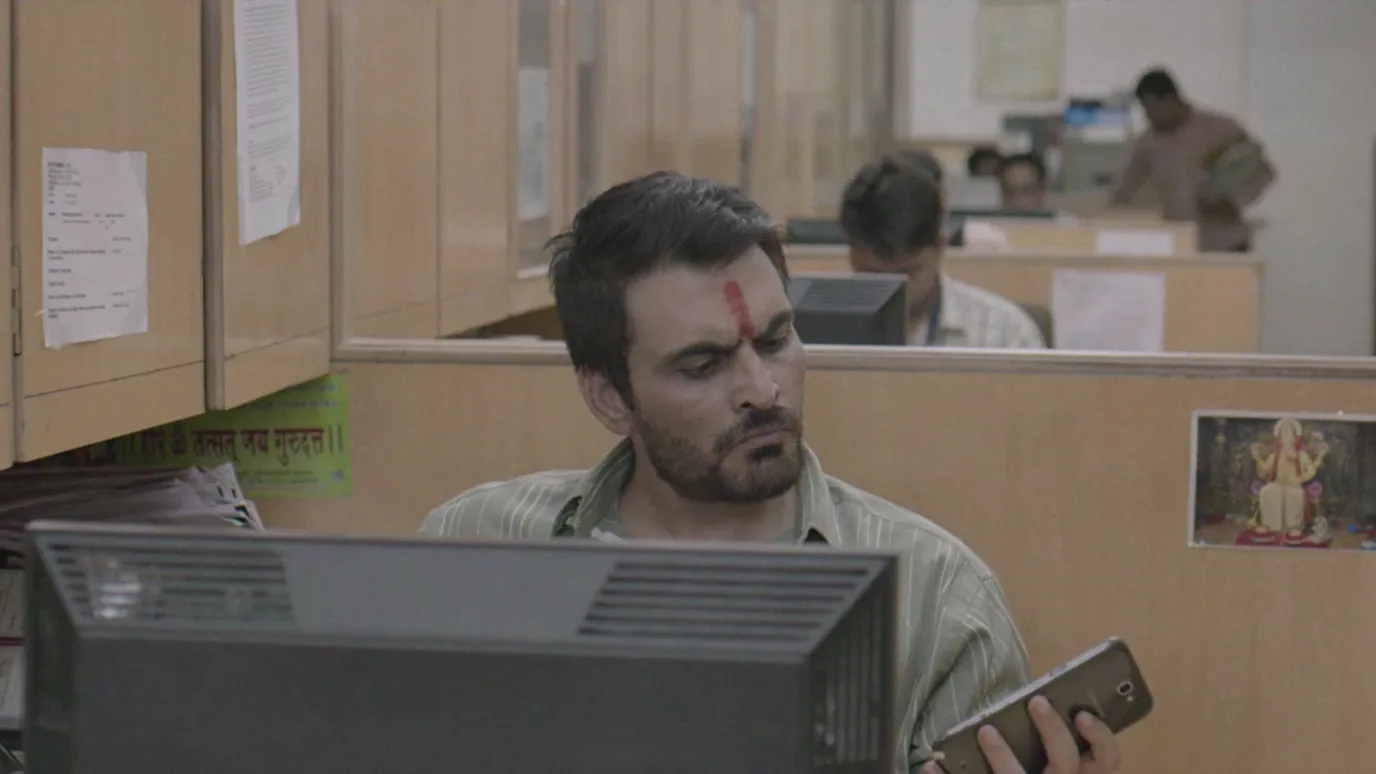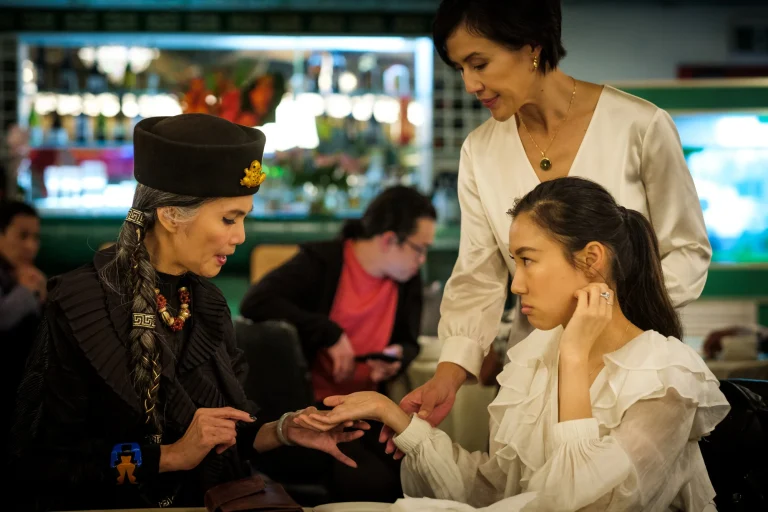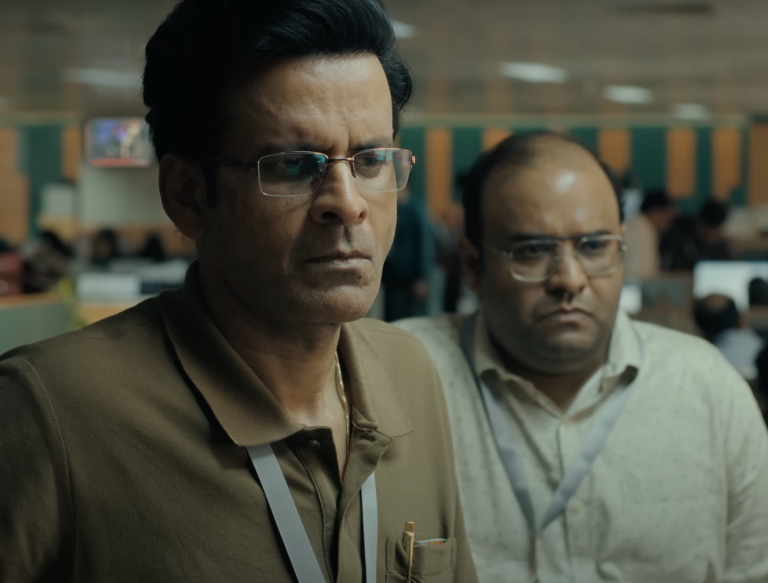Four Slippers (2023) Movie Review: ‘You are What You Eat’ may just be a yardstick for food consumption, but an extemporization that leads to ‘You Are What You’ve Been Tucked Into’ gets the trophy this time. No matter how many armors have been positioned as barricade sites to preserve the cultivation of self-development for a cause, a staunch influencer keeps colliding at the retinas of the nation for a transformation of sight. In Chaar Chappalein, aka Four Slippers, director Anurag Kashyap touches upon four stages of a man’s private life into four chapters of the Vedic Ashrama System to rekindle the branches of progression into a political respiratory scheme.
The first segment starts with Brahmacharya, which is the Age of Virginity. The short film revolves around young Rajat, a typical next-door kid who has all the foreseeable imaginings of rousing naivety and infatuation at once. He is placed in a didactic educational system that’s riddled with rigid disciplinary schemes and a nationalistic core. Meanwhile, Rajat meddles through the day, aspiring to deliver love and spins the fortunes of ardor towards his crush, which doesn’t seem to go well on the other side of the field.
What’s shoddier is when he gets wedged in the classroom for the shift of devotion, ultimately fetching the day to an unnerving landmark of bane. Brahmacharya, the period of practicing celibacy, slips right into the pillars of this chapter that holds the key for a militant mode practice of instilling distress as pins to acquire the knowledge of the discipline that hinders any form of fondness. The value of a slipper equals the damage of full-fledged literature.
The phase of sustaining a household plays the game of chess in the second chapter named Grihastha, which is the Age of Family. A grown Rajat is bound to pass an imperative assessment for the last time after several fiascos, which heads up to be his priority for a swing on advancement. However, his wife, who has been suffering from a mundane dimness in her intimate sessions due to Rajat’s caged date with his education, attempts to patch the situation that ultimately turns sour.
The period of dharmic social life, which distillates on progenies and sexual desires, gets exposed in this chapter through the stances of both married couples. A flair of masculinity becomes the mayhem to bring down the coherence of love, where the fissure between the couples advertises the elevation of troubled marriages in this current era of marriage impasses. Director Kashyap banquets awakenings to display the plight of women who go the extra mile to establish a healthy rapport with their loved ones, which disdains certain men and eventually ruptures the structure. The price of the slipper goes out of the classroom.
Vanaprastha, or the Age of the Forest, is the title of the third chapter, which whirls right onto Rajat, who goes into a 360-degree shift in representation and aura. A grinch, idiosyncratic and pious Rajat with his devotion to his belief is seen in his area of work, which is thickly covered with religious stimuli.
The middle adulthood of Rajat, played by the infamous Manav Kaul, simmers himself fully into the radicalism of race and religion after witnessing a video of an artist named Ajeeb Khan who grumbles about the difficulties of acquiring rental houses for being a Muslim. This version of Rajat, who even sets his phone ringtone to a devout bell sound, turns into a keyboard warrior and starts panning the artist on his social media while receiving commendations from his private contacts.
The phase that should be dedicated to solitude, meditation, and reconstruction of life gets smudged with the uproar of distributing hate comments and virtual brawls to arouse liberation through cynicism and racist annotations.

The temperature gets heated when he receives a response from a social media user who educates him on facts about religion, turning Rajat’s day into a muddle of rebuffing knowledge and veracities. A stage of retirement makes its way out of the screen as networked spits and tantrums fasten the seatbelt of Rajat’s defense mechanism to lessen further the culpability, which forbids accepting his treachery. The eminence of the slipper reflects the mirror of his own home.
The last chapter that clothes the film with a provocative fabric is named Sanyaasa, a period of spiritual pursuits. An aging Rajat is seen walking along the alleys of a town while reciting prayers for his pilgrimage to Kedar Ghat for the Kumbh Mela festival. Rajat cleanses himself in the sacred Ganges River upon hearing the remarks given by the barber who shaves his head, which is an imperative aspect in the film that preaches courtesy.
The barber queries the state of the public in accordance with the services given by the government, the slandered growth of humanity in the turfs of religion, and the adverse affairs of politics which have ruined the peace of the nation. Rajat still holds his spear of piousness and experiences a change of events in the area that pushes him to the miserable end of holding his own breath.
The price of a slipper reaches a similar destiny with several other slippers, floating without their respective owners to pick them up. Director Kashyap revolutionizes the Vedic Dharma system into the 21st-century era of instigating the nation to imprison themselves with hatred out of their own despair. The amount of aristocratic masquerade has made the country blaze with fear-mongering and prejudice. Hiding behind the facade of piety is a failed system that thwarts nurturing a generation from achieving transformation and evolution.
Four Slippers, which Varun Grover has written, offers an introspective view of the deceptive and sharp-edged usage of religious faith, which can destroy the gifts of life through its eroded, unfathomable weapon that shrieks with cautionary tales. While slippers are used as figurative attributes to signify the heavily infected hatred among the community, their functionality as a protective barrier for the steps taken to safeguard an individual turns its back and facilitates the slaughter of humanity.

![Grave of The Fireflies [1988]: A Love Letter to Brotherhood](https://79468c92.delivery.rocketcdn.me/wp-content/uploads/2021/04/Grave-of-The-Fireflies-1984.jpg)




